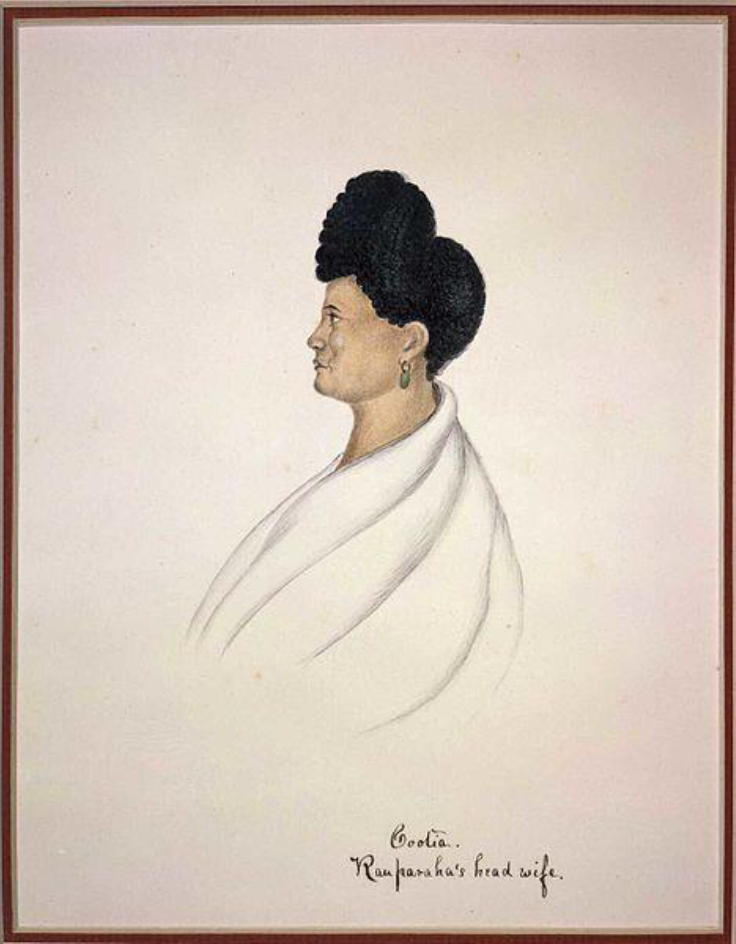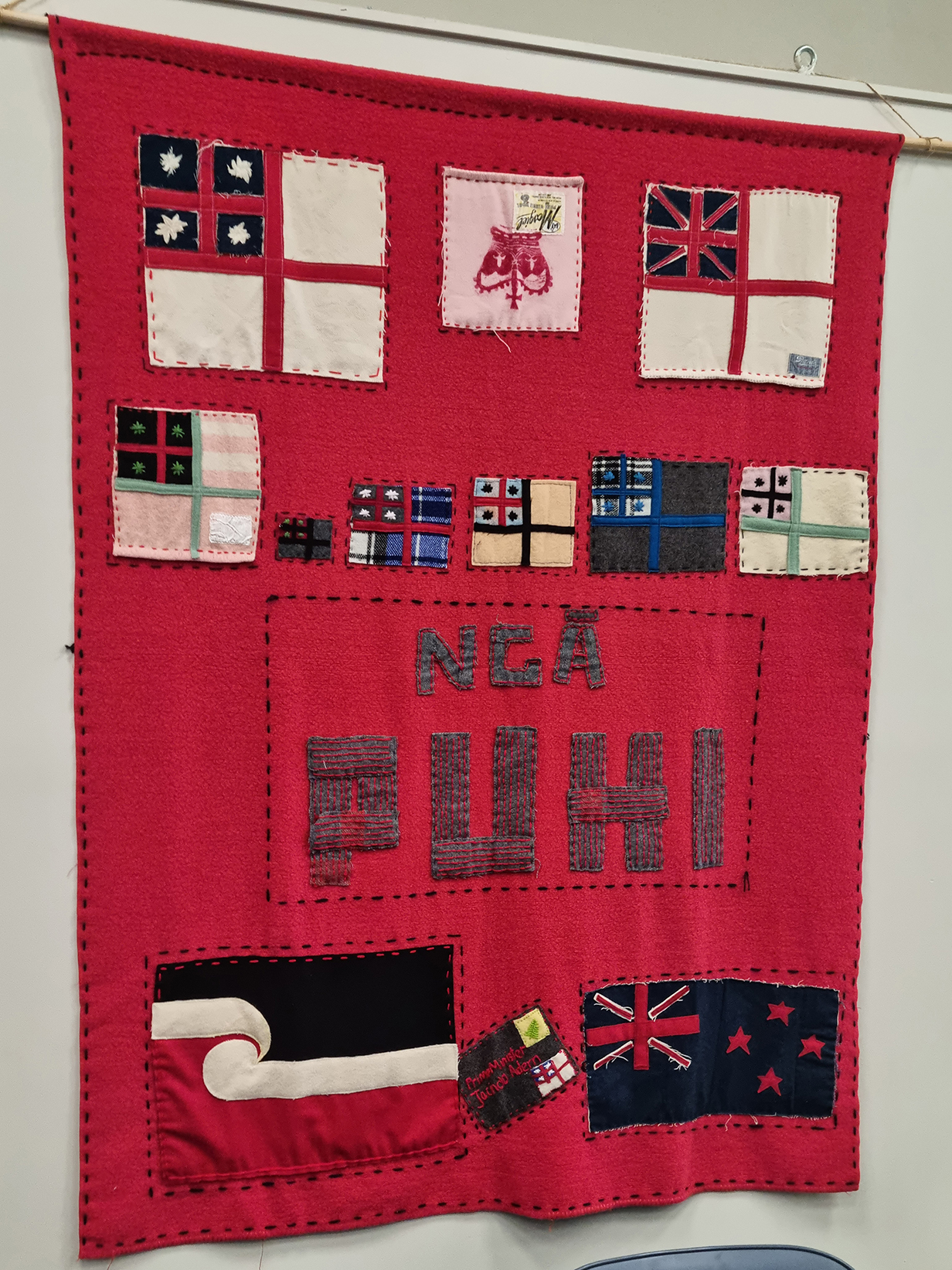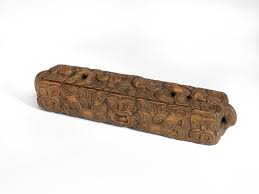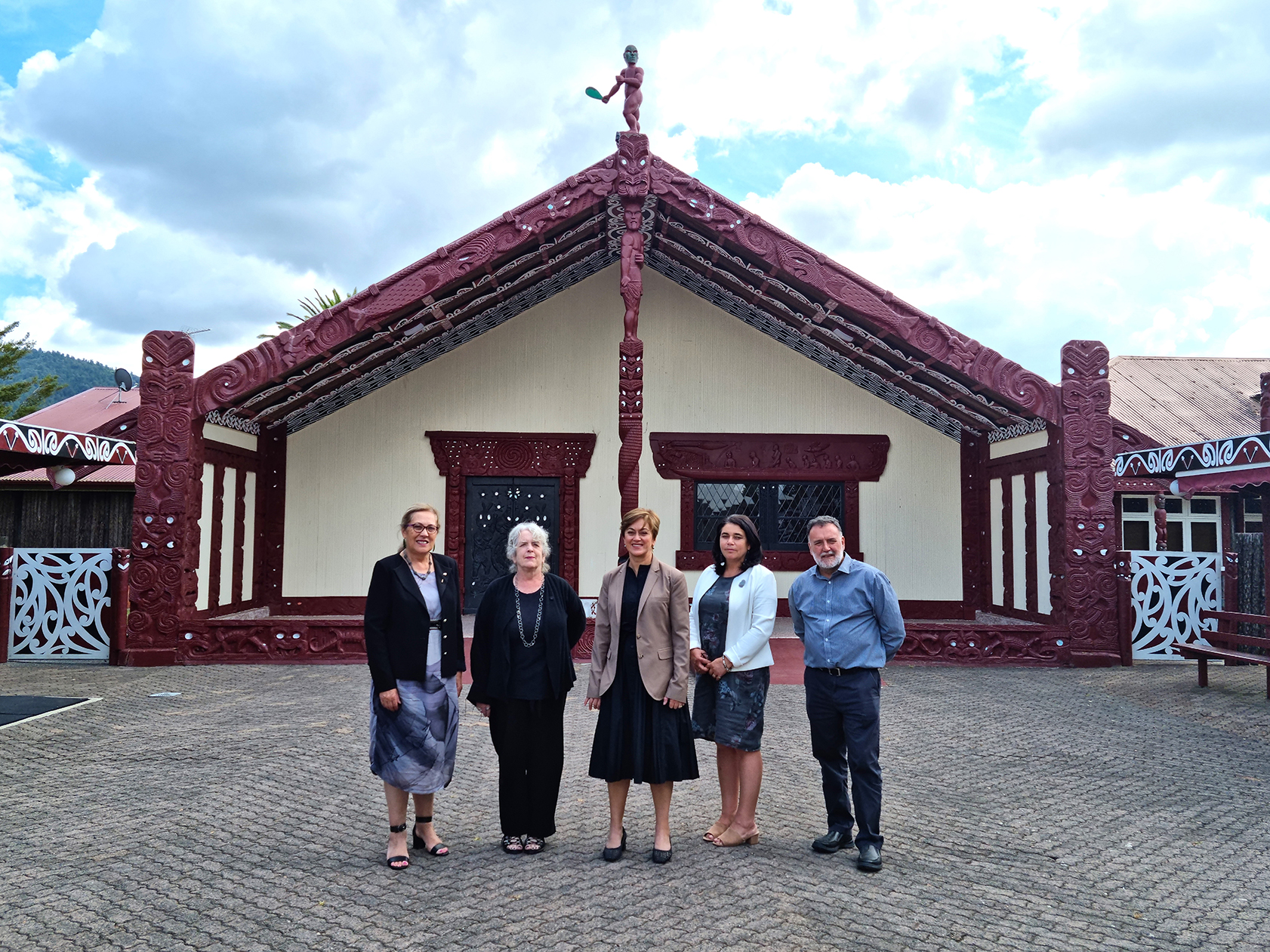Sexual and gendered abuse
Witnesses who discussed sexual and gendered abuse said it was not common in pre-colonial Māori society, and drew on stories of atua whāea and tipuna whāea to demonstrate that, where abuse did occur, it was met with severe consequences. Witnesses alleged that gendered abuse and violence was a result of colonial imposition on te ao Māori.
Key witnesses who gave evidence
Puti Corbett (doc A83) described the account of Te Auporo’s daughter, who was given in marriage to a tribe in Te Rāwhiti in the Bay of Islands called Ngare Raumati in the 1800s. After her daughter complained of domestic violence, Te Auparo took her back home to Te Waimate North, near Kaikohe, where her daughter remarried. However, Ms Corbett said that Ngare Raumati ‘were so angry’ that they ‘hunted Te Auparo and her daughter down’ and killed them. Ngāpuhi were so incensed with the killing of Te Auparo and her daughter that they formed an alliance and came to Te Rāwhiti to avenge their deaths, leading to twenty-six years of war. Ms Corbett said that ‘This story of Te Auparo can be likened to our original stories about Hine-titama, and how she became Hine-nui-te-po. She was ashamed that her father was the father of her children. Even way back in our creation stories, her shame demonstrates that incest was unacceptable in our society. It shows that we had a system of values even if it was not identifiable to the colonisers, and the way they viewed the world. Domestic assaults and sexual violence have never been acceptable. This is our Tikanga. The actions of Te Auparo and her daughter are clear evidence of this. This kōrero is quite important to me as I have continued with this mahi of working in the area of sexual and physical violence’ (Puti Corbett, doc A83, p 5).(external link)
What witnesses said
- “The abuse of wāhine was rare. It did not happen to the extent it does nowadays. Men had a job, and their job was to protect, feed, and procreate. Wāhine’s job was to be protective, procreate, and create the hapū … Abuse did happen but it was a tribal thing. If there were abuses, they were dealt with straight way because it was something that the hapū did not want to get out of hand. The elders would step in and mana wāhine would be part of those decision makers. By the time women were involved, you were in big trouble.” (Esme Sherwin, doc A110, pp 14-15)(external link)
- “There are stories of young girls being raped which had severe and immediate consequences. This offers an example of the way our society reacted to the hara of rape – an act which strips the mana of its victim. This societal reaction exemplifies the sacredness of the mana of wāhine, which for the whole hapū had to be actively protected … An example of the consequences of rape is when Maiwera the wāhine rangatira of Ngai Tai was raped by the Pane Nehu twin sons of Tunamu. Tunamu is the grandfather of Tutamure. Ngai Tai responded by killing the twin sons Tauawhekura and Tuawhekura and drove Pane Nehu from the whenua. At this time it is said Pane Nehu lost their mana because of the act against a wāhine rangatira.” (Kayreen Tapuke, doc A94, p 10)(external link)
- “Whakamā comes to a wāhine if she was for example the victim of sexual abuse … It is the result of becoming victimised. Noa is restored in collective discussions with whanau. If the issue cannot be resolved within the whanau, it would be referred to the wider hapu and elders of the tribe … The elders deliberated and handed down the consequences … Their word was final. There was no appeal process like the courts. People did not run away from this process. To do so was bad for their mana. The outcome could be severe at times. The possible penalties included death. Yet, it was more mana enhancing to face the consequences, whatever the tribal elders decided … Both tāne and wāhine took part in the decision making in this process.” (Violet Walker, doc A66, pp 10-11)(external link)
- “Wāhine were respected by tāne and crimes such as sexual assault were forbidden and punished. In western society sexual assault was not even consider a thing in 1840 as women were the property of males and the ideology was men could do what they wanted.” (Merepeka Raukawa-Tait, doc A95, p 3)(external link)
- “As kaitiaki of the mauri of the people through the whare tangata, wāhine were targeted. One way was through sexual violation. Rape was used as a colonial weapon to annihilate the people and in particular, movements of resistance to colonial hegemony. The impacts of this are intergenerational and continue to cause extreme mamae and trauma for wāhine, whānau, hapū and communities … The relationships wahine have with themselves as human embodiments of the atua wahine have been broken and we are struggling to recover ourselves and see ourselves in a healthy light.” (Ngahuia Murphy, doc A67, pp 8, 10)(external link)
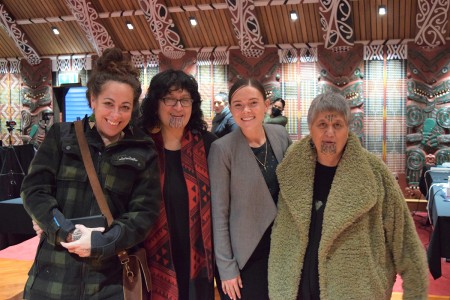
From left: Dr Ngahuia Murphy, Annette Sykes, Camille Houia, Te Rangitunoa Black
